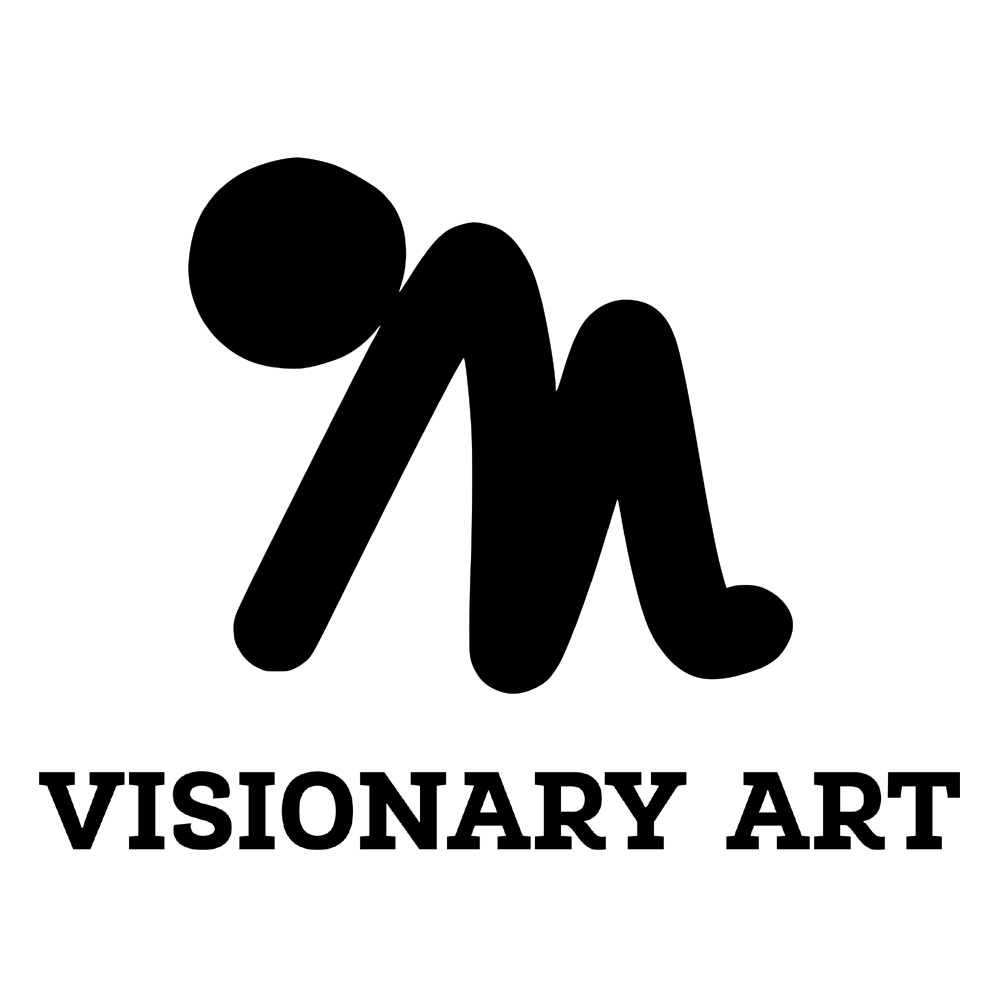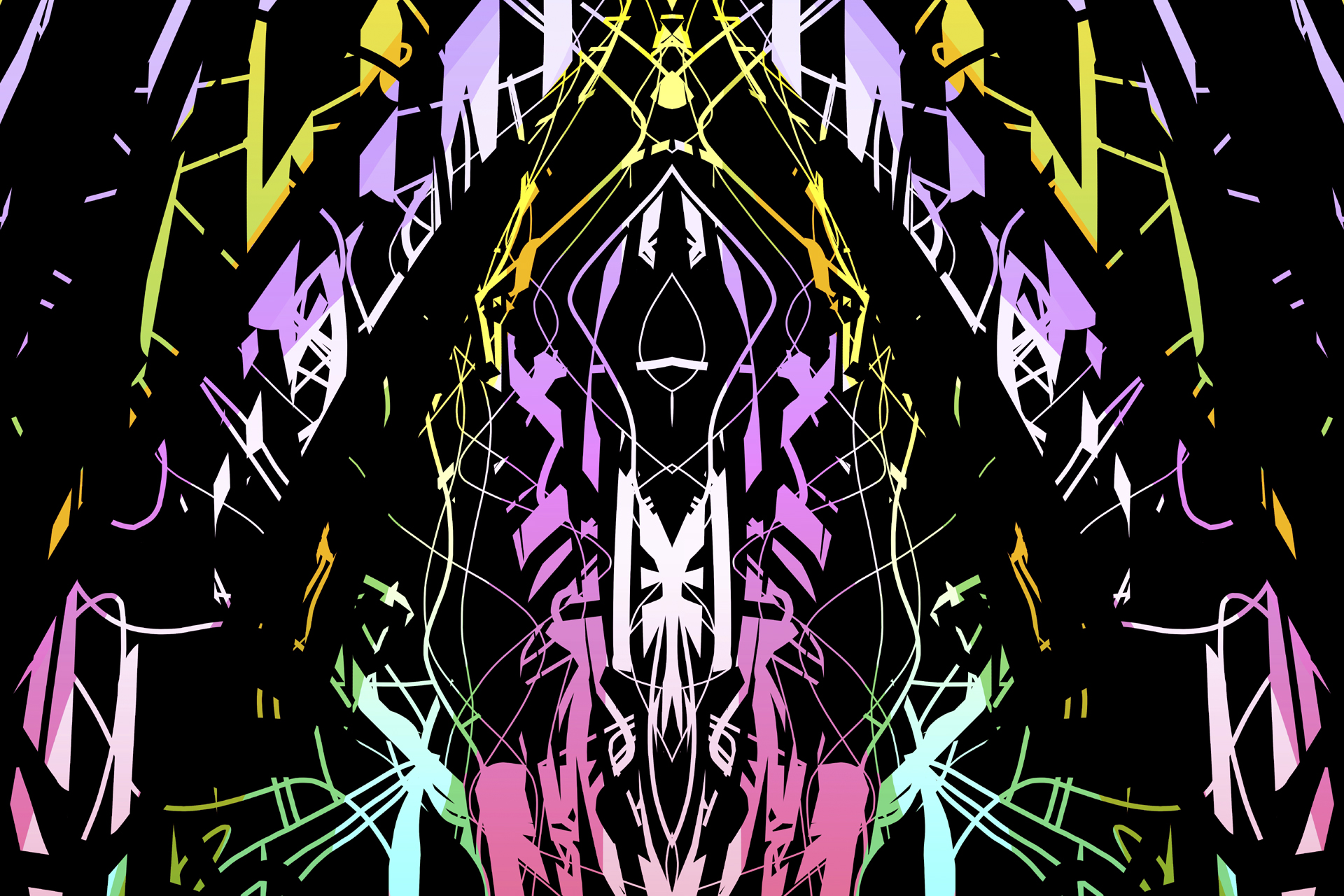As artists, we often rely on our conscious mind to guide our creative process. We may have a specific idea or vision in mind, and we work to bring that idea to life through our art. However, the unconscious mind can also play a powerful role in the creative process, and surrendering control to this part of our psyche can lead to more authentic and powerful art.
How surrendering control can lead to more authentic and powerful art
So, what does it mean to surrender control in the creative process? Essentially, it means letting go of our conscious control and allowing the unconscious mind to take the lead. This can involve setting aside our preconceived ideas, expectations, and attachments, and trusting the process to unfold in its own way.
Surrendering control can be scary, as it requires us to let go of our ego and our need to control the outcome. It also requires a certain level of vulnerability, as we are opening ourselves up to the unknown and the unpredictable. However, surrendering control can also be incredibly liberating and empowering. It allows us to tap into the vast and untapped potential of the unconscious mind, which can bring a deeper level of authenticity and power to our art.
Strategies for surrendering control in the creative process
So, how do we go about surrendering control in the creative process? Here are some strategies to consider:
Meditation and mindfulness practices: These practices can help quiet the ego and the conscious mind, allowing the unconscious to come to the forefront. They can also help us cultivate a sense of presence and openness, which can make it easier to let go of control and trust the process.
Setting intentions and letting go of attachment to outcomes: Rather than trying to force a specific outcome or result, we can set an intention for our art and then let go and trust the process. This can be especially helpful when we are feeling stuck or uncertain about where to take our art.
Using prompts and constraints: Another way to surrender control is to use prompts or constraints as a way to narrow our focus and allow the unconscious to take the lead. This can be as simple as setting a time limit for a creative session or using a specific theme or material as a starting point.
Examples of artists who have used surrendering control as a creative strategy
There are many artists who have used surrendering control as a creative strategy. Abstract expressionist painters, such as Jackson Pollock, used gestural brushstrokes and drips to let go of control and allow the unconscious to guide the creative process. Pollock’s drip paintings, for example, were created by pouring and splashing paint onto canvas, rather than carefully applying it with a brush. This process allowed him to surrender control and let the unconscious guide the creative process.
Improvisational musicians, such as jazz musicians, also use surrendering control as a way to access new ideas and inspiration in the moment. Jazz improvisation involves letting go of preconceived ideas and trusting the unconscious to guide the musical direction.
Writers can use stream-of-consciousness techniques to let go of control and allow the unconscious to flow onto the page. This involves writing without stopping, censoring, or editing, and letting the words flow freely from the unconscious mind.
Automatic drawing is another technique that can be used to surrender control in the creative process. This involves drawing without conscious control or intention, and allowing the hand to move freely across the page. The resulting drawings can reveal unconscious thoughts, feelings, and desires.
Conclusion
In conclusion, surrendering control in the creative process can be a powerful way to access the full potential of the unconscious mind. By letting go of our conscious control and trusting the process, we can tap into deeper levels of authenticity and creativity. Whether through meditation, setting intentions, or using prompts and constraints, there are many ways to surrender control and allow the unconscious to take the lead in the creative process.

